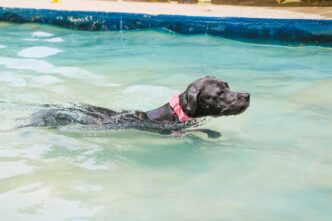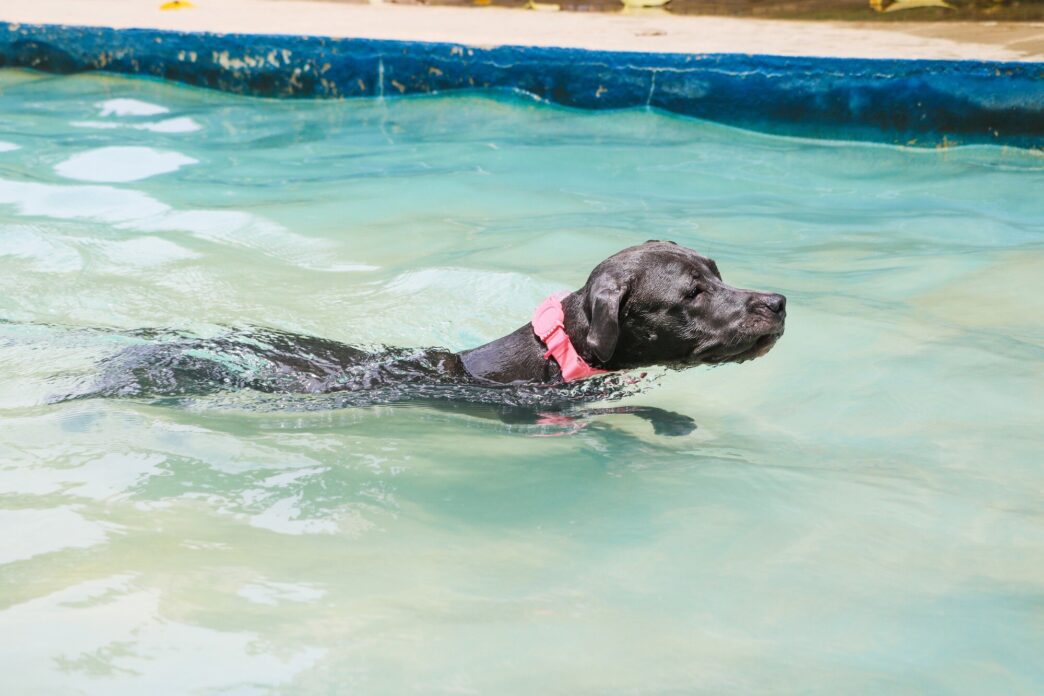A Quick Takeaway
The Story Behind the Trend
How to Make It Work for You
The Community View
Ensuring your canine companion leads a happy, healthy life involves more than just a balanced diet; it critically includes a consistent and varied workout routine tailored to their specific needs. Just like humans, dogs thrive on physical activity that strengthens their muscles, maintains a healthy weight, improves cardiovascular health, and provides essential mental stimulation. Every dog, regardless of breed, age, or size, benefits from regular exercise, which should be incorporated daily to prevent obesity, reduce behavioral issues, and enhance their overall quality of life, fostering a stronger bond between pet and owner.
The Importance of Canine Fitness
Regular physical activity is fundamental to a dog’s well-being, directly impacting their physical health and mental state. A sedentary lifestyle can lead to a myriad of problems, including joint issues, diabetes, heart disease, and a weakened immune system. Exercise helps maintain a healthy weight, which significantly reduces strain on joints and vital organs, prolonging a dog’s active years.
Beyond physical benefits, exercise plays a crucial role in a dog’s mental health. It provides an outlet for pent-up energy, reducing anxiety, destructive behaviors, and excessive barking. Engaging in varied activities stimulates their minds, preventing boredom and fostering a more content, well-adjusted pet. This mental engagement is just as vital as the physical exertion itself.
Types of Canine Workouts
A comprehensive fitness program for dogs should incorporate a variety of activities to target different aspects of their physical and mental health. This multi-faceted approach ensures balanced development and prevents overuse injuries from repetitive motions.
Aerobic Exercise
Aerobic activities are essential for cardiovascular health and endurance. These exercises get your dog’s heart rate up and sustain it, improving stamina and lung capacity. Examples include brisk walking, jogging, running, swimming, and fetch.
Aim for at least 30-60 minutes of moderate-to-vigorous aerobic activity most days of the week, adjusted for your dog’s breed, age, and health status. Swimming is particularly excellent as it provides a full-body workout with minimal impact on joints, making it ideal for older dogs or those with orthopedic concerns.
Strength Training
Building and maintaining muscle mass supports joints, improves agility, and enhances overall body control. Strength exercises can be seamlessly integrated into daily routines. Examples include uphill walks, playing tug-of-war (with proper technique to avoid injury), or specific bodyweight exercises like controlled sits, stands, and paw targets.
Consider introducing obstacle courses or specialized canine fitness equipment, such as balance discs or weave poles, to challenge their core strength and coordination. Always supervise these activities closely to ensure proper form and safety.
Flexibility and Balance
Flexibility helps prevent injuries, improves range of motion, and contributes to better posture. Balance exercises enhance proprioception – a dog’s awareness of their body in space – which is critical for agility and preventing falls. Gentle stretching, often done after a warm-up, can improve flexibility.
Balance work can involve walking on unstable surfaces like cushions or specialized balance equipment. Activities like ‘cookie stretches’ where your dog reaches for a treat in different positions encourage gentle stretching and improve flexibility in a fun, rewarding way.
Mental Stimulation
Mental workouts are just as important as physical ones for a happy and well-behaved dog. These activities challenge their brains, prevent boredom, and can be particularly useful on days when intense physical exercise isn’t possible. Puzzle toys, scent work, obedience training, and learning new tricks are excellent forms of mental enrichment.
Hide-and-seek with treats or toys, or even taking a new walking route to expose them to different sights and smells, provides valuable mental engagement. Integrating short training sessions throughout the day also strengthens their cognitive abilities and your bond.
Designing a Safe and Effective Program
Creating a fitness plan requires careful consideration of your dog’s individual needs. What works for a high-energy Border Collie may be too much for a senior Bulldog.
Consult Your Veterinarian
Before starting any new exercise regimen, always consult your veterinarian. They can assess your dog’s current health, identify any underlying conditions, and provide guidance on appropriate intensity and duration. This step is crucial, especially for puppies, senior dogs, or those with existing health issues.
Start Slowly and Progress Gradually
Just like humans, dogs need to build up their fitness levels. Begin with short, low-intensity sessions and gradually increase the duration, intensity, or complexity over several weeks. Observe your dog for signs of fatigue or discomfort, such as excessive panting, limping, or lagging behind.
Warm-up and Cool-down
Every workout should begin with a 5-10 minute warm-up, such as a leisurely walk, to prepare muscles and joints. Conclude with a 5-10 minute cool-down, including gentle walking and passive stretching, to aid recovery and prevent stiffness.
Hydration and Environment
Always provide fresh water before, during, and after exercise. Be mindful of environmental factors; avoid exercising during the hottest parts of the day, especially for brachycephalic breeds (short-nosed dogs), and protect paws from hot pavement or icy surfaces.
Monitoring Progress and Adjusting
Regularly assess your dog’s response to their workout routine. Look for improvements in stamina, muscle tone, and behavior. If you notice any signs of pain, lameness, or decreased enthusiasm, re-evaluate the routine and consult your vet. As your dog ages or their health status changes, their exercise needs will evolve, requiring adjustments to their program.
Implementing a well-rounded fitness program is an investment in your dog’s long-term health and happiness. By understanding their needs, incorporating diverse activities, and prioritizing safety, you can help your canine companion enjoy a vibrant, active life, strengthening the incredible bond you share.








